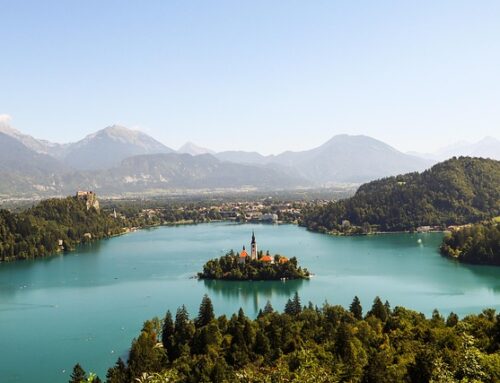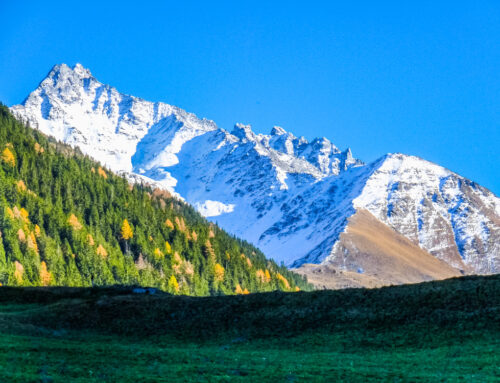8 Reasons Why Nairobi National Park Should Top Your Bucket List
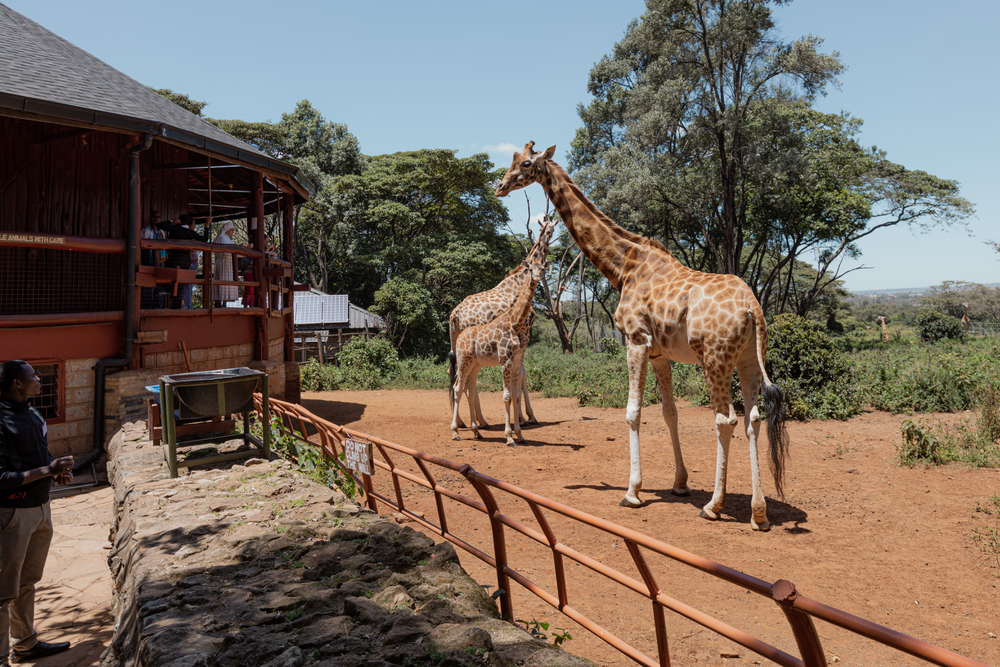
Guide to The Ultimate Safari Destination: Nairobi National Park
Nairobi National Park has been referred to as ‘the world’s only urban national park’. What makes it even more unique is the fact that it is located in close proximity to a city’s central business district. Only 7 km from Nairobi city center, one can be immersed amid Kenyan wildlife. Let’s take a look at why Nairobi National Park should be at the top of your safari destination list.
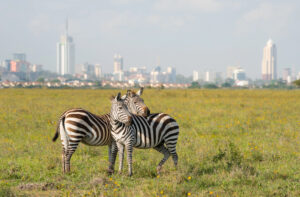
This proximity offers several unique advantages:
- This makes it easy for tourists to access the sites as well as the citizens of the country.
- Chance to do short half-day tours
- The contrast between civilization and the wilderness
- Chances for the people in the city to interact with wildlife.
It is possible to find diverse ecosystems in a relatively small area.
Despite its relatively small size (117 sq km), the park boasts an incredible variety of landscapes:
- Open grass plains: Stretching over most of the park, these grasslands afford good vantage points for viewing animals.
- Acacia bushland: Small trees and shrubs provide shelter and food for different species of animals.
- Rocky gorges and valleys: These offer specific conditions and stunning views.
- Man-made dams and rivers: Basic water sources that attract different types of wildlife.
- Forests and woodlands: Providing habitat and foraging resources to many species, particularly birds.
This diversity helps to sustain similarly diverse plant and animal populations, making it a miniature version of the larger Kenyan parks. The park is home to over 500 species of plants such as the yellow fever trees and the beautiful wildflowers.
Types of Wildlife You Can Expect to See
The Big Five (Almost)
While Nairobi National Park doesn’t have elephants, you can still spot four of the “Big Five”.
- Lions: The lions in the park are many and are not very difficult to see as compared to other animals in the park.
- Leopards: One may occasionally see these spotted cats if one is patient enough to wait.
- Black rhinos: It is home to this endangered species of animals.
- Cape buffaloes: Usually observed in groups feeding on the grasslands.
Other Notable Residents
- Over 100 mammal species, including:
- Zebras: It is home to both plains and Grevy’s zebras.
- Giraffes: The majestic Masai giraffes are often sighted.
- Hippos: You should look for them in the water bodies of the park.
- Cheetahs: The fastest land animal in the world occasionally appears.
- Hyenas: There are both spotted and striped types of animals in the park.
- Antelopes: Such as impala, eland, waterbuck, and Thomson’s gazelle.
- More than 400 bird species: Making it a birdwatcher’s paradise.
- Ostriches: A common bird is the largest bird in the world.
- Secretary birds: Famous for their unique features and the ability to hunt snakes.
- Various raptors: Such as augur buzzards and martial eagles.
- Various reptiles and amphibians:
- Crocodiles: Present in some of the water sources within the park.
- Pythons: Although they are not commonly sighted, they are found in the forested regions.
- Monitor lizards: They are mostly found in areas that are close to water sources.
Exploring Nairobi National Park: A Guide
Self-Drive Safari
Hire a 4×4 car and self-drive depending on the time you have at your disposal. It is also important to avoid going off-road and to adhere to the park regulations.
Benefits of self-drive:
- The freedom to stay at sightings as long as one wants
- Privacy and personalized experience
- Sometimes more cost-effective for a group
Tips for self-drive safaris:
- Make sure that your car is well-maintained and has enough fuel for the journey.
- Make sure to have a map or a GPS system with you
- It is advisable to start early in the morning in order to get the best view of the wildlife.
- Travel at a slow speed and with low noise so that animals are not disturbed.

Guided Tours
Most tour operators provide half-day or full-day guided safaris. These can be especially useful if you are interested in the park’s ecosystem and would like to have a higher likelihood of sighting some of the more rare animals.
Advantages of guided tours:
- Special knowledge of the behavior of animals and the territory of the park
- Increased chances of observing animals and especially those that are rare to be seen.
- Gaining knowledge about the environment, wildlife preservation, and the people.
- There is no question of getting lost or having to drive anywhere.
Types of guided tours:
- Group tours: Less expensive, chance to find people on the same trip
- Private tours: Individual approach, the possibility of changing the schedule
- Specialized tours: Emphasis on taking pictures, watching birds, or certain animals
Walking Safaris
For a more personalized experience, you can arrange for a guided walking safari in certain sections of the park.
Benefits of walking safaris:
- Close observation of the small animals and plants
- Chance to get acquainted with tracking and bushcraft.
- A closer relationship with the natural world
Safety considerations:
- It is always followed by an armed ranger.
- Allowed only in some parts of the park
- It is not suitable for young children or those who have restricted movement.
Beyond Wildlife: Other Attractions in Nairobi National Park
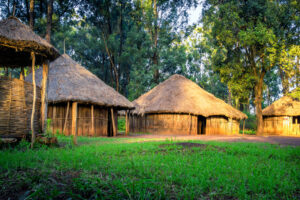
Ivory Burning Site Monument
This towering structure is to symbolize Kenya’s determination to stop the use of ivory, where thousands of seized tusks were publicly burned in 1989.
Historical significance:
- First public ivory burn, carried out by the then President of Kenya, Daniel Arap Moi
- Gave a clear signal against poaching and unlawful trade in wildlife.
- Such actions prompted similar actions in other countries
Visitor experience:
- Informational signs to help people understand the significance of the occasion
- Chances for self-reflection on the topic of conservation
- Display photographs that demonstrate efforts being taken to fight poaching in Kenya
Nairobi Safari Walk
An educational boardwalk that presents Kenya’s vegetation and wildlife, some of which are not found in the main park.
Features:
- Raised boardwalk through various ecosystems
- Housing animals such as bongos, white rhinos, and big cats
- Conservation and ecological information kiosks
- Wheelchair accessible
Benefits:
- Assurance of close encounters with different animals
- It is suitable for families and people with little time to explore the city.
- An educational opportunity to learn about Kenya’s biological diversity
David Sheldrick Wildlife Trust
This elephant orphanage is situated close to the park’s entrance; visitors can see baby elephants and learn about conservation.
Visitor experience:
- Public observation sessions for the viewing of bathing and playing elephant calves
- Educational discussions with keepers about elephants and their preservation
- The chance to ‘sponsor’ an elephant and contribute to their upkeep
Conservation work:
- Saving and nurturing of young elephants and rhinos who have been left behind by their families
- Anti-poaching and veterinary mobile outreach programs
- Outreach and awareness campaigns
Conclusion
This park is unique in that it is situated within a short driving distance from the bustling city of Nairobi. Regardless of whether it is your first time to embark on a safari or if you are a veteran in wildlife tourism, this park offers unique experiences and a better understanding of the Kenyan natural legacy.
When you visit Nairobi National Park, you are not only fulfilling a dream but contributing to the conservation process and witnessing an unusual symbiosis between the city and nature. So grab your binoculars, make sure your camera is fully charged, and get ready for a journey that will revolutionize your view of urban existence.
*************************
About the Author: Carol Njoki a full-time traveller and digital nomad, shares her adventures and tips for remote work on her blog, Roaming Free. Carol also writes for https://shiansafaris.com/

